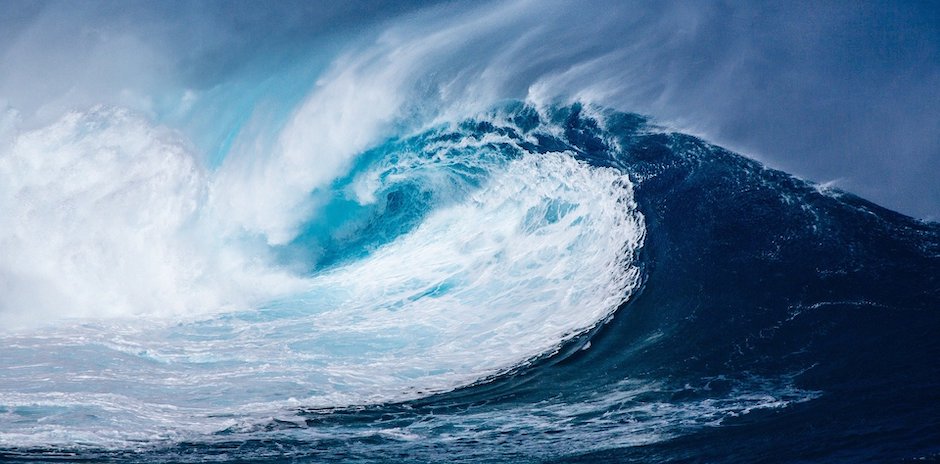
A total of eight projects have been awarded a share of the £7.5m funding from the EPSRC (Engineering and Physical Sciences Research Council). These projects aim to overcome the challenges in developing devices that efficiently capture wave energy and convert it into a renewable electricity source.
Wave Energy Converters (WECs) transform the kinetic and potential energy of ocean waves into electricity. With a a grant of £975,000 and led by Strathclyde’s Dr Qing Xiao, the Bionic Adaptive Stretchable Materials for Wave Energy Converters study will explore whether the flexible aquatic animal-inspired materials could help to overcome challenges to the commercialisation of existing rigid structure WECs.
Scottish wave energy start-up to trial tech in Orkney
Wave-powered renewable energy for subsea projects
“There are several benefits in using a flexible material as part of WEC structures,” said Dr Xiao, of Strathclyde’s department of Naval Architecture, Ocean and Marine Engineering. “The adaptive shape feature may allow the device to deform in extreme wave events, contributing to reductions of peak wave load and increases in device fatigue life, thus extending the device’s survivability compared with rigid body WECs.”
Industrial partners involved in the three-year project include ORE Catapult Wave & Tidal Energy Sector, the National Subsea Research Initiative (NSRI), Wave-Venture in UK, SBM Offshore and the National Ocean Technology Centre in China.
Xiao is also co-investigator of the MoorWEC project, led by Manchester University's Professor Peter Stansby, which will model the impact of waves on various mooring options to aid the design of future WECs.
Meanwhile, the HAPiWEC (Holistic Advanced Prototyping and Interfacing for Wave Energy Control) project aims to develop open-hardware and open-software tools for the rapid, cost-effective and remote deployment of novel WEC controllers in wave tank facilities.
Led by Professor Bill Leithead from Strathclyde’s Electronic and Electrical Engineering department, the HAPiWEC project received £987,000 of funding. By improving device control, the project could lead to improved energy capture and lifetime of WECs without significant redesign.
UK energy minister Anne-Marie Trevelyan described the ‘huge potential’ of the UK's coastline and power of the seas in helping to meet the UK’s 2050 climate goals. “There are certainly unique challenges in harnessing the power of the marine environment, and it is exciting to see how these projects can help us make the most of our natural resources in a cleaner greener future,” she said.




Hard hat mounted air curtain adds layer of protection
Something similar was used by miners decades ago!